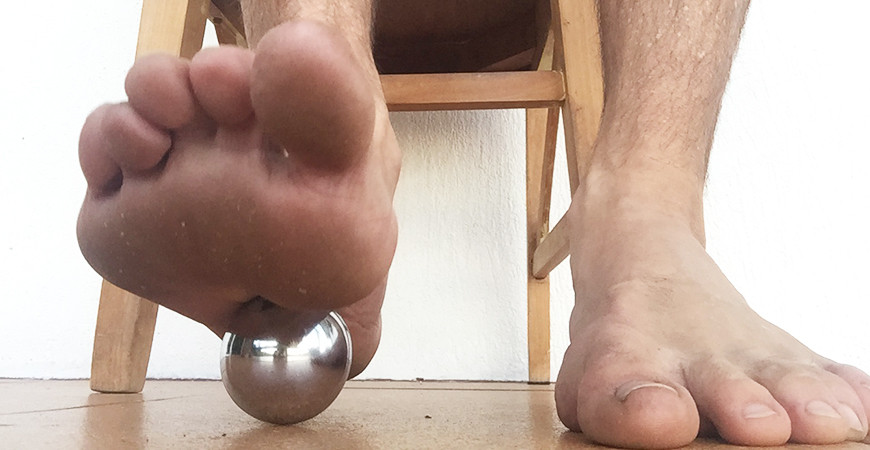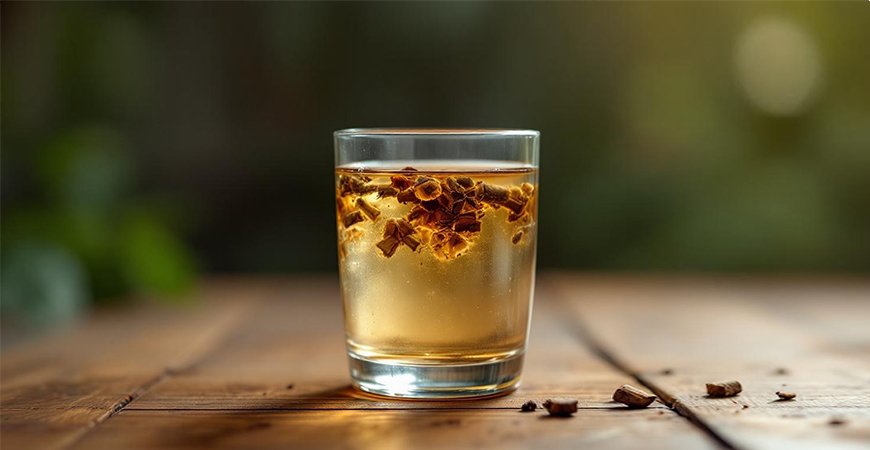Tips To Vitalise Your Legs
Healing-the-self techniques are slowly but surely penetrating the consciousness of more and more people that soon the human family’s spiritual compass is pointing will change direction.
Knowledge of physical upliftment and repair may well be taught in schools!!!
But for now while leading a TriBreath class for the Gold Coast City Council’s Active and Healthy program, all were in total amazement and intrigue.
Not only about the connection & instant energy you can receive when you harness the potency rhythmic breathing provides to your body, but also how instantaneously relief can be experienced when one utilises the healing power of “compression with intention”.
The following techniques that were shared focused on the feet, knees and legs.
The techniques that encompass “compression with intention” are wonderful for increasing neural communication thus stimulating your nervous system.
You may just think it’s you feeling where you’re storing your pain but the big thing to remember when you practice “compression with intention” is you’re not trying to hurt yourself and anguish through the pain.
The intention being to just “touch” the pain as lightly as a fly can land on your arm and then focus on relaxing the body to receive.
Think not pressing the ball, tube or knee into your body, but your body receiving in a relaxed way, the ball, tube and knee.
So for all of you who are into reaping the benefits of self-healing, here are a few techniques to add to your repertoire.
Heel and sole pain
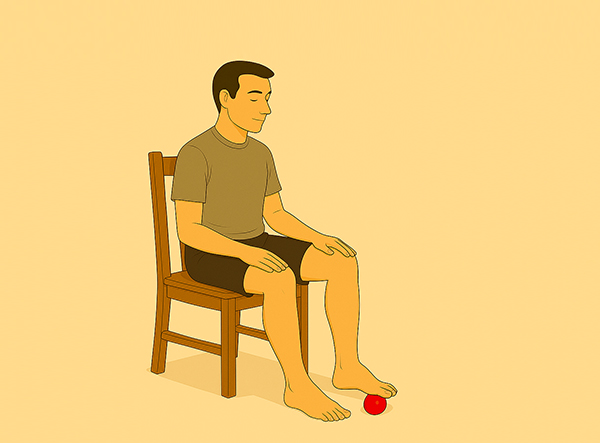
Using a ball (i use a Chinese massage ball or what is called Baoding Balls), or the tube, sit on a chair and place the ball or the tube under the sole of one foot at a time.
If you choose to use a ball, then the focal point for the pressure placed upon your foot will be a lot more magnified.
Find the two long tendons that run from the heel to the big toe and second toe.
These tendons are called the flexor digitorum longus tendon and the flexor hallucis longus tendon.
Remembering to breathe, move slowly along the length of the foot and every now and then, lift the big-toe up accentuating the stretch in the tendons.
The chances are that the area’s i guide you to are going to be a little bit sore.
Just remember the idea is not to press the foot into the ball but wait until the foot receives the ball.
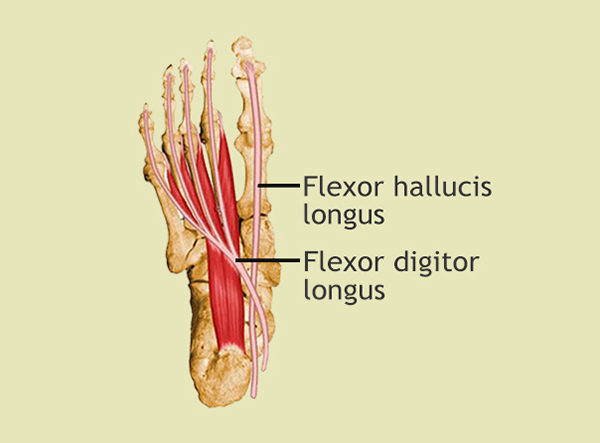
Image the hard ligament becoming more pliable and the foot slowly embracing and wrapping around the ball.
Simply go to where the pain is sitting and stay there without force.
Just touch your pain and breathe into the diaphragm up into the heart regions and on the exhale let your pain out as an aaahhhhh!
We’re all sore, but by maintaining your connection to where your body is storing it’s pain, this willingness to be there for your body also sets the regeneration wheels in motion.
It’s all about the willingness to be there with the heart intention to embrace yourself no matter how uncomfortable your mind tells you it is.
Hamstring soreness and tightness
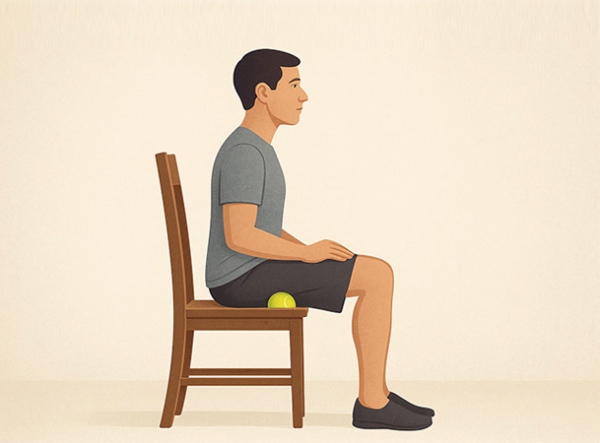
Sitting on the edge of a firm chair so your knees are at the edge, place your tennis ball under your affected hamstring near where it is sore.
While not letting your pelvis roll backwards, slowly straighten out the same knee until you feel your ball under your hamstring apply pressure to the sore area.
Re-adjust the position of the ball in the same manner to treat other trigger points.
If you prefer to use your bed, position yourself in the same way, but place a thick magazine under your thighs and use a harder ball. e.g. a snooker ball.
The magazine will allow the ball to impress upon your thighs rather than be enveloped and absorbed by the mattress.
Calf pain or cramps
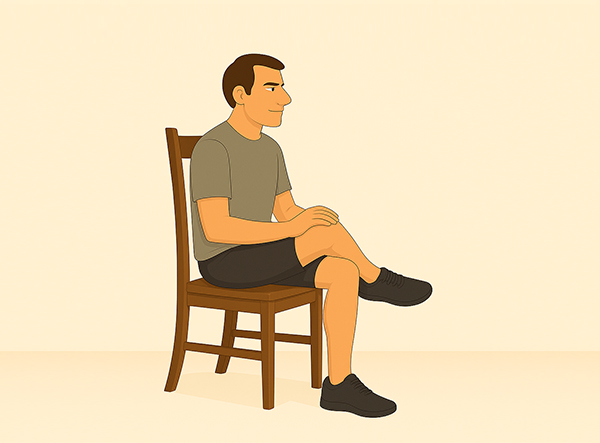
Sitting in a chair, cross the sore leg over the other knee but stop when the sore calf rests directly on the other kneecap.
Hold the knee of the sore leg with both hands, and allow the sore calf to sink into the other kneecap.
Now search for tender and tight bands up and down your calf.
Spend time allowing the weight of your leg to place some pressure onto the sore bits you find.
Every now and then move your foot around as you find the sore bits.
This will help open up the rigidity of the muscular and ligamental spasms as it helps to pump blood in and out of the lower leg.
Lower Back Pain
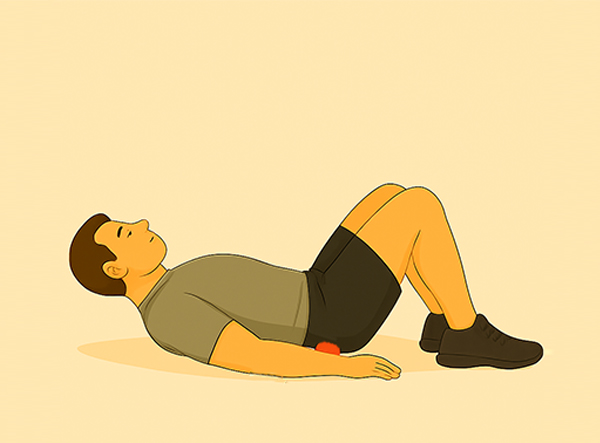
Lie on the floor looking upward towards the ceiling with your knees bent and feet flat on the floor and again, using a round or curved object to exert pressure (e.g. baoding ball, tennis ball or a snooker ball if you’re pliable enough), place your ball under your lower back.
Make sure the object is in the soft muscular areas on either side of your spine and above the bony edge of your pelvis.
Breathe deep down into the diaphragm and on the breath out, feel the ball etc. sink (be absorbed) into the tight and sore area.
When you are ready…
- On the breath in, hold the same-side knee that your object is under and gently grasp it with both hands.
- On your breath out, gently use your knee like a lever that presses your back onto the object, as you slowly pull your knee-up towards your chest.
- Breathe with the pain as you pull the air down-deep into your diaphragm, then up into the chest.
- Relax all tension on the breath out. Practice BREATHING IN through the nose.
Spend 10 minutes pressing into all the tight and sore trigger points.
After you have finished treating both sides, finish by rolling the pelvis in a circular motion as you hold the left knee with the left hand, and the right knee with the right hand.
Note: Keep your hands to the outside of your knees.
